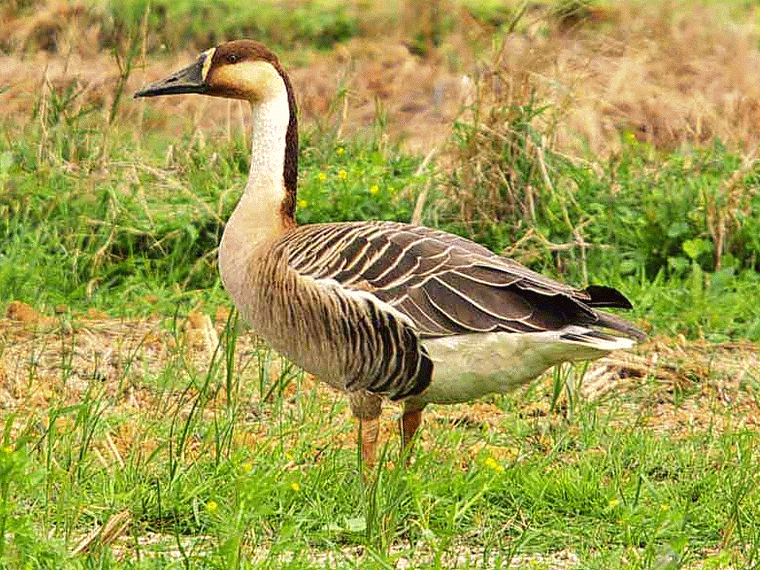It seems our migratory guest has departed Kin Town.
Whether it flew back to China, Northern Japan or, Russia is an unknown.
Sometimes, these birds just move to another spot on the island.
Why not ? They are here for winter vacation.
Whenever I run across a critter, I have never seen before, I take plenty of photos.
The more angles you see it from, the easier it is to make a positive identification.
Before, I do my end of the month review, I look for images to throw away.
Hah. Hundreds of this bird are getting recycled.
8 photos were saved to create this motion GIF of the bird twisting its neck around.
For those interested in learning more about the Swan Goose, there are some good links:
The Swan Goose is listed as Vulnerable on the IUCN Redlist
Related Posts:





















































